Top 10 culinary specialities in Buenos Aires
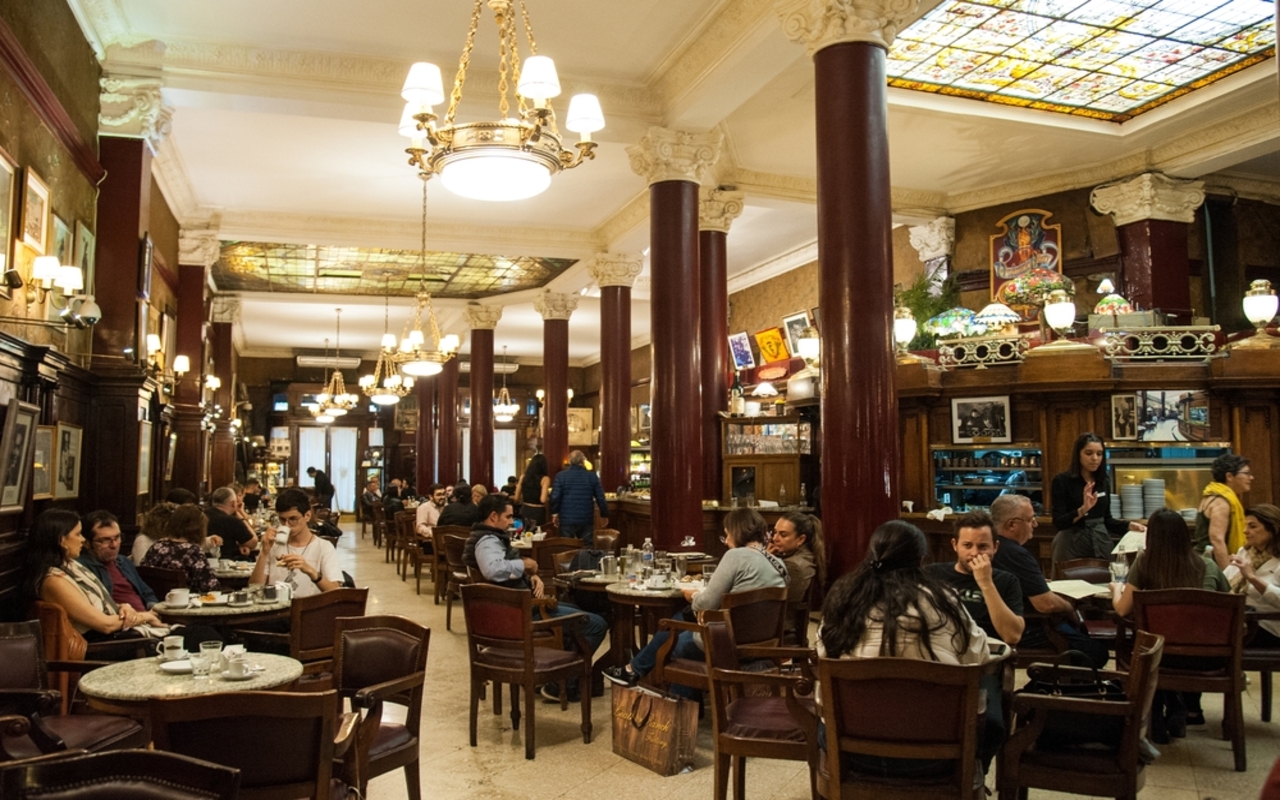
When we think of Buenos Aires, we think first and foremost of its tango dancers and colourful neighbourhoods. But the city is also known for its rich gastronomy, influenced by Mediterranean cultures. Throughout the 19th century, millions of immigrants, mostly from Italy and Spain, arrived in Argentina. They brought with them many of their skills. Today, these skills are an integral part of the country’s culinary culture. As you can see, the cuisine of Buenos Aires is very cosmopolitan and is sure to delight many a stomach. To guide you on your culinary escapade, here is a list of must-tries.
What to eat in Buenos Aires Our selection of 10 specialities
Empanadas, gnocchi, milanesa… There’s no shortage of savoury specialities in Buenos Aires. However, Porteños also have a sweet tooth. The unmissable milk jam, known as Dulce de Leche, is used in practically every sweet dish, and has even crossed borders since it can also be found on our plates. So don’t worry about a tummy ache – your stomach will be served!
1.mate
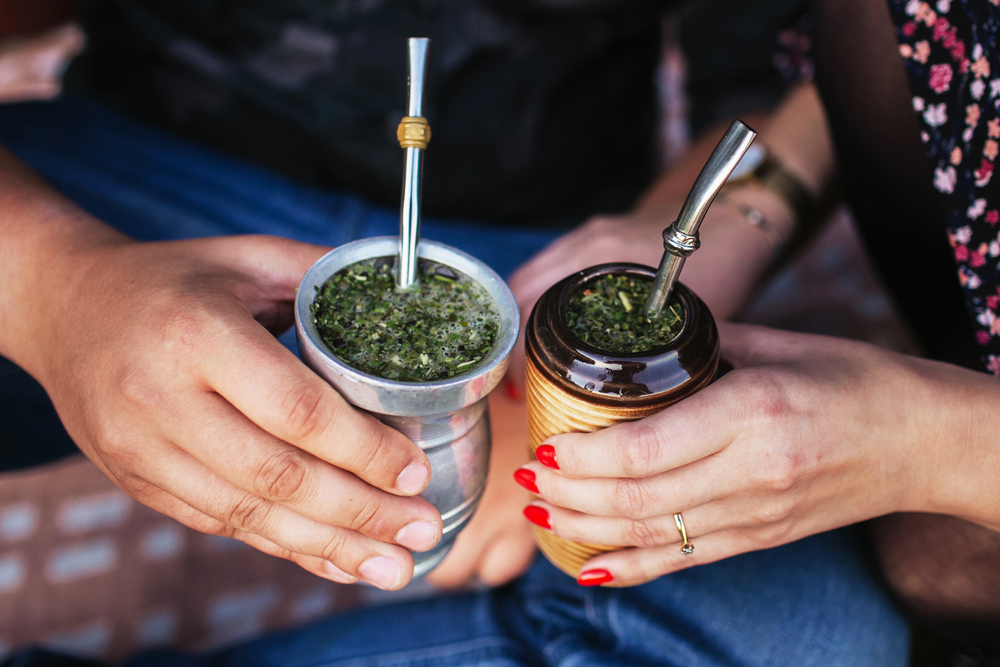
Mate is to Buenos Aires what baguette is to Paris – in other words, a must-have. It comes in the form of a curved container filled with an infusion of yerba mate leaves, into which an iron straw is stuck. Few Argentines go anywhere without their mate. It’s a convivial drink that can be shared, which almost makes you forget its distinctive taste.
2. Asado
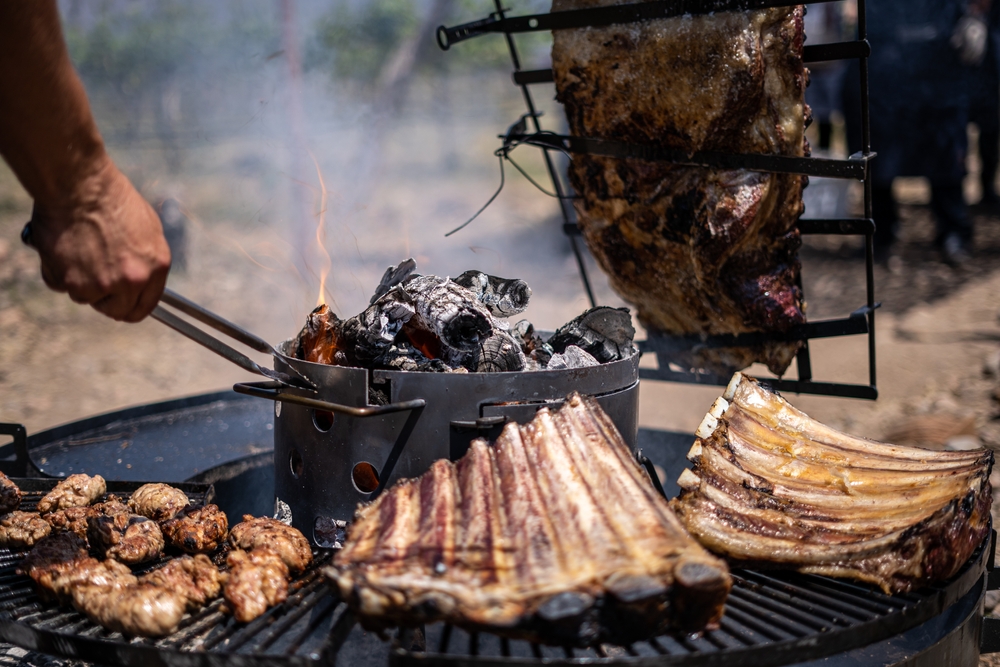
Argentina is famous for its meat, and it’s easy to see why! The asado is a barbecue where you can cook different types of meat such as beef, chicken or pork. This traditional speciality is a great way to get together with family and friends. As tradition dictates, don’t forget to applaud the asador, the barbecue master, when you’re ready to eat!
3. The Alfajores
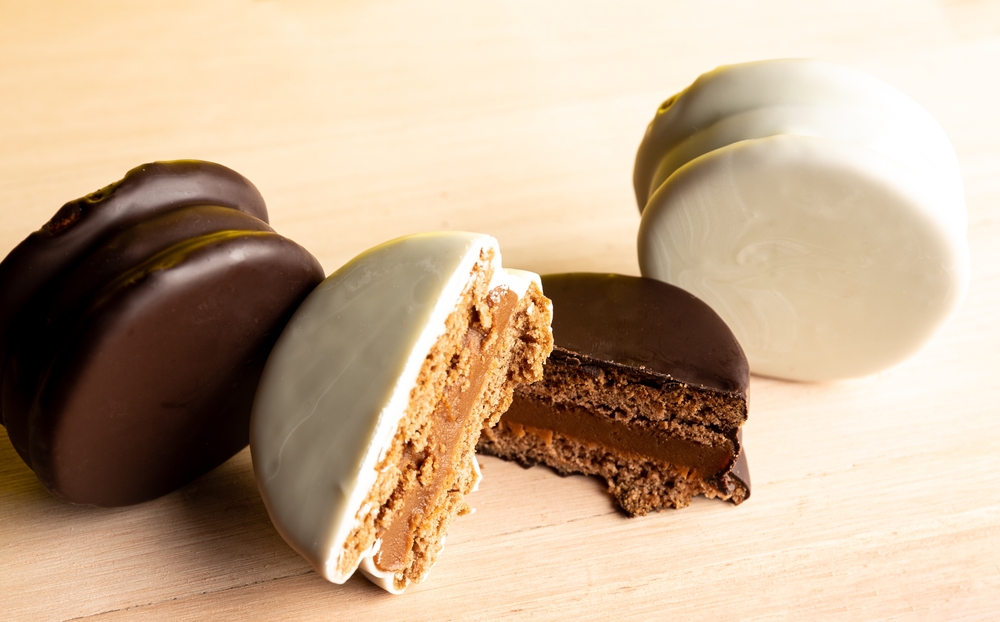
These little biscuits come in the form of two patties separated by milk jam, the famous dulce de leche. There are several variations, with chocolate, icing sugar or coconut. You can find them in “kioskos”, small corner shops, or in bakeries.
4. Empanadas
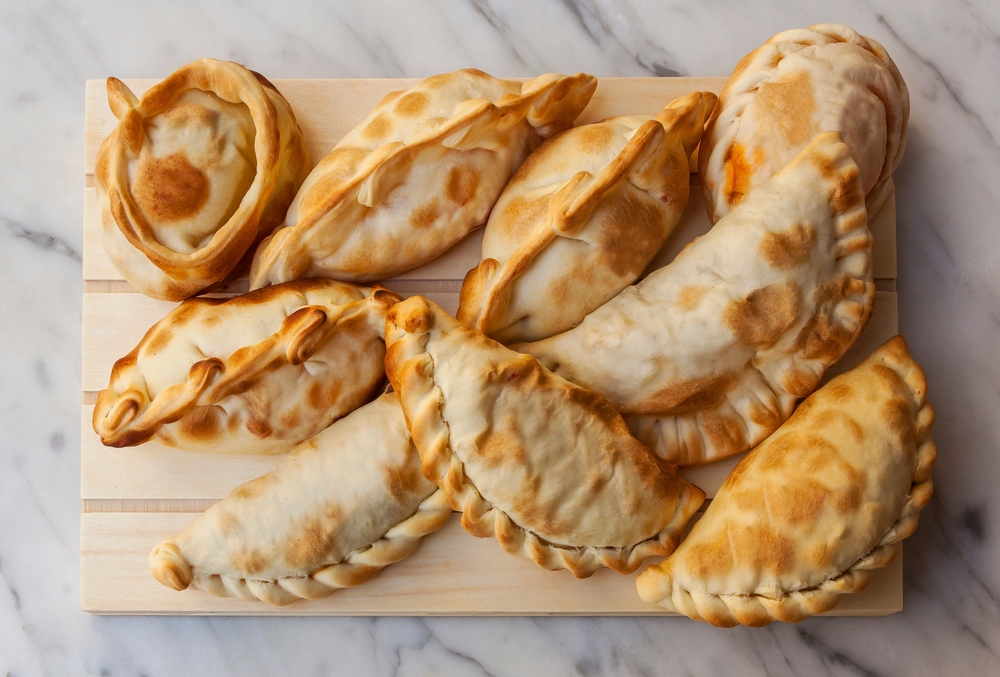
In Buenos Aires, empanadas are an integral part of the cuisine. This speciality in the form of turnovers offers a moment of comfort for young and old at any time of day. You can enjoy them filled with meat, cheese, vegetables… the choice is yours. The bravest can even try making them themselves!
5. The Choripan
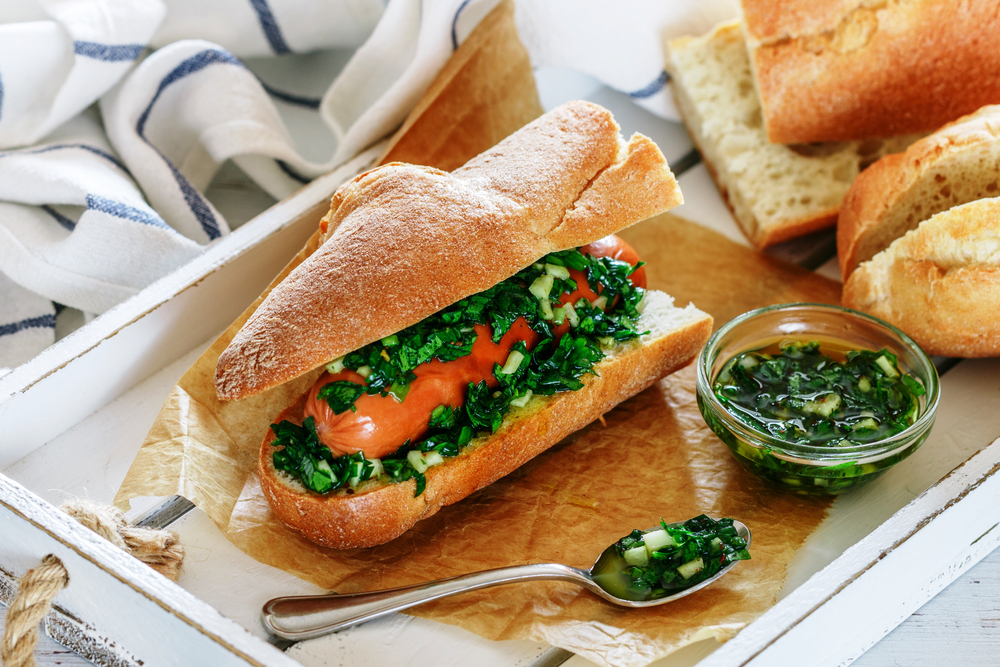
Choripan is typical of Buenos Aires. Its origins date back to the 19th century, when local cowboys used to have a quick snack before going back to work. Today, this chorizo sandwich has become popular and a must-try snack for Argentines, especially during football matches.
6. La Milanesa

Milanesa has its origins in Argentina’s colonial past, and more specifically in the Italian influence. Italian cuisine was immediately adopted by the Porteños, who adapted it in their own way. It is therefore a derivative of the schnitzel Milanese. And if you’re a vegetarian, you can also try a soya or aubergine milanesa, which is just as tasty.
7. Le Fernet
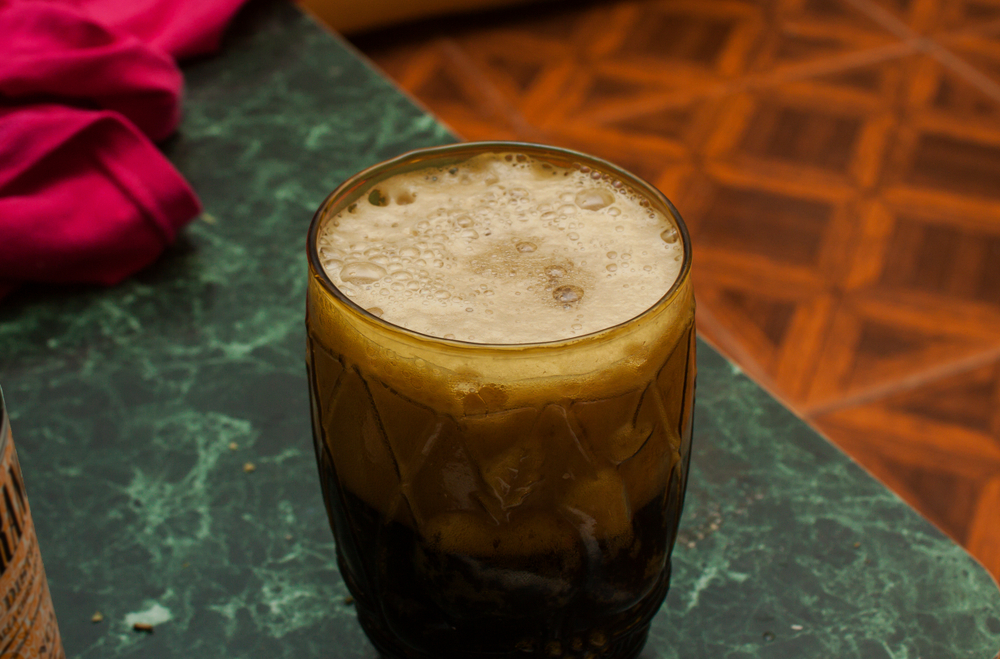
It’s impossible to spend an evening in Buenos Aires without trying the famous Fernet. This liqueur, originally from Italy, is made from plants and mixed with cola and ice cubes. Traditionally used to treat stomach upsets, its medicinal taste may well surprise you!
8. The Helados

In Buenos Aires, ice cream is a veritable institution. Whatever the season, in summer or winter, long queues form in front of the city’s best ice cream parlours or heladerias. You’ll find delicious, distinctive flavours such as dulce de leche (milk jam), or sambayón made from sweet wine, sugar and egg yolks.
9. Medialunas
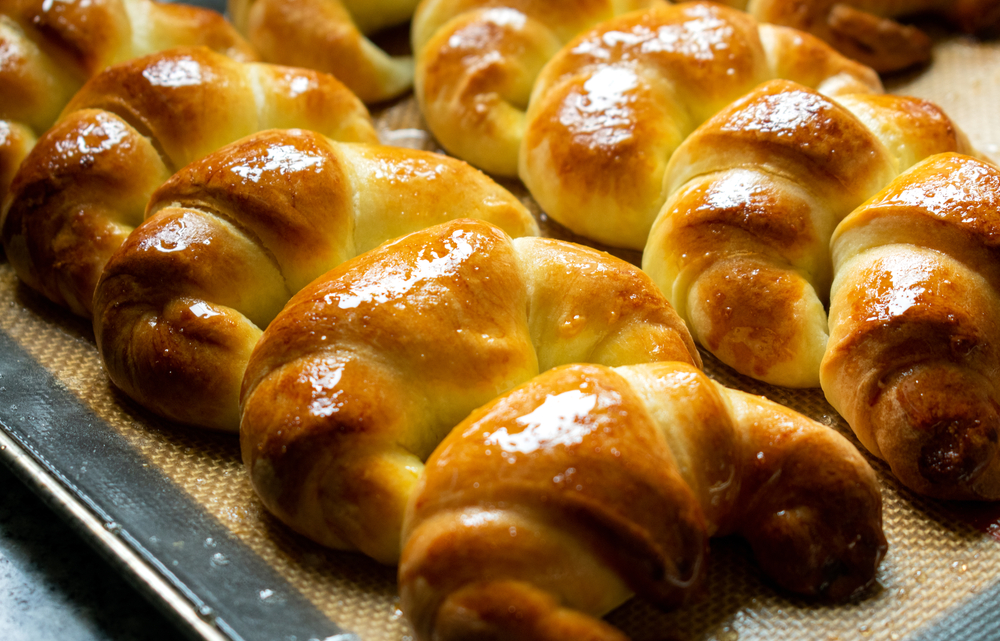
At first glance, this speciality looks like a croissant, but tastes very different! There are two popular variations: médialunas de mantecas, which are sweeter, and médialunas de grasa, which are salty and dry. They can be eaten with cheese, ham or sausages.
10. La Pasta Frola
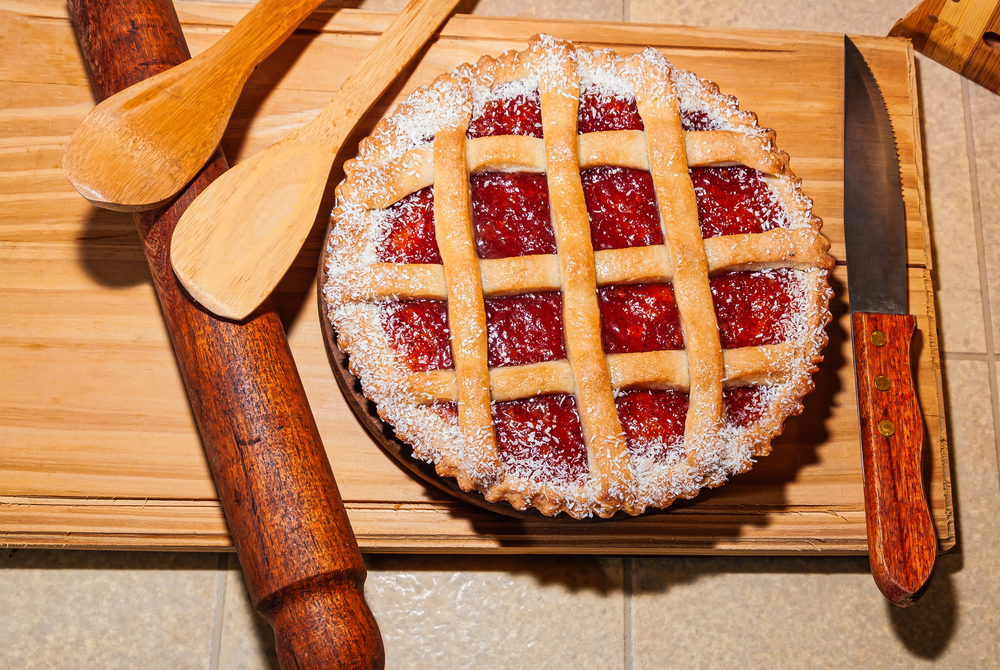
Do you want to recharge your batteries and take a gourmet break? Don’t hesitate and try pasta Frola. Made on a pastry base, it is then covered with quince jelly, sweet potato jam or dulce de leche. Whichever you choose, it’s a real treat that’s sure to tantalise your taste buds!
200 audioguided tours for cities all around the world
Download
